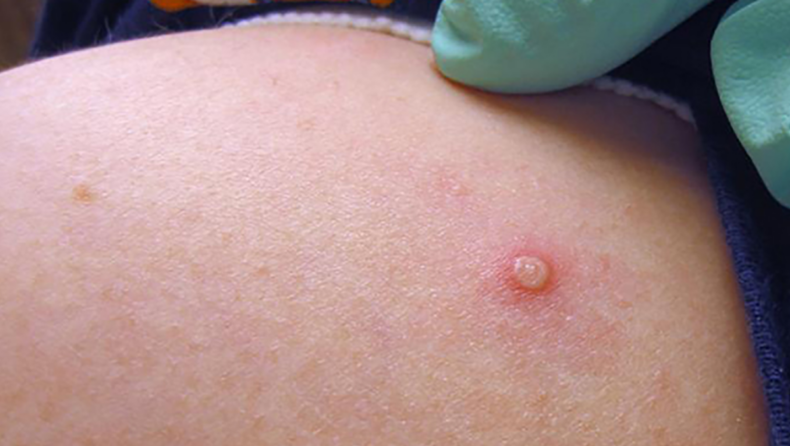By Doorva Asthana | Fri Jun 10th, 2022 | 10.58 PM IST | Still lurking in its shadow, the world has barely recovered from the pandemic and while struggling to control small outbreak, on June 8th, the World Health Organisation (WHO) urged all countries to identify any cases of the monkeypox, iterating it posed a ‘real’ risk.
First discovered in 1958, originating from the African continent, the monkeypox is a rare viral disease. It is communicated through skin contact, contact with clothes or linen and fluid from the sores or respiratory droplets.
As per the Centre for Disease Control (CDC), there is no specific medication available for monkeypox but, its outbreaks can be controlled by administering doses of the smallpox vaccine, cidofovir, ST-246 and vaccina immune globulin.
After the first outbreak in the US in 2003 spread from a shipment of animals from Ghana, the current outbreak is the first notable chain occurrence of this viral disease, close to two decades later.
This outbreak is believed to have begun in the UK, linking it to a passenger who flew in from Nigeria but little more is known besides this theory.
Following the first recorded case in the UK, a breakout of the monkeypox was acknowledged in Spain and Portugal with surging cases in the US and Brazil. Fortunately, India has no reported cases.
Who does this virus effect?
The WHO chief mentioned that “cases have been reported mainly but not only among men who are sexually intimate with other men” and recently, cases were reported in women as well. The chief also mentioned that children, pregnant women and people with compromised immunities are at a risk.
How can we stay safe?
Assuming the precautions we have learnt over the past two years, such as wearing a mask, maintaining a 6ft. distance and frequently washing and sanitising hands will definitely keep the risk of contracting the monkeypox at bay. Other precautions suggested by the CDC are to:
- Avoid contact with animals that may harbour the virus (especially animals found dead or sick in areas of breakouts).
- Avoid materials such as bedding that have been in contact with sick animals.
- Isolate any potential/confirmed patients from others who are at a risk.
- Practice good hygiene after contact with sick animals or humans.
- Use Personal Protective Equipment (PPE) while caring for sick humans.
Following simple these simple measures and consulting a doctor in case of need rather than self-administering medication give us a solid opportunity at preventing another pandemic.













